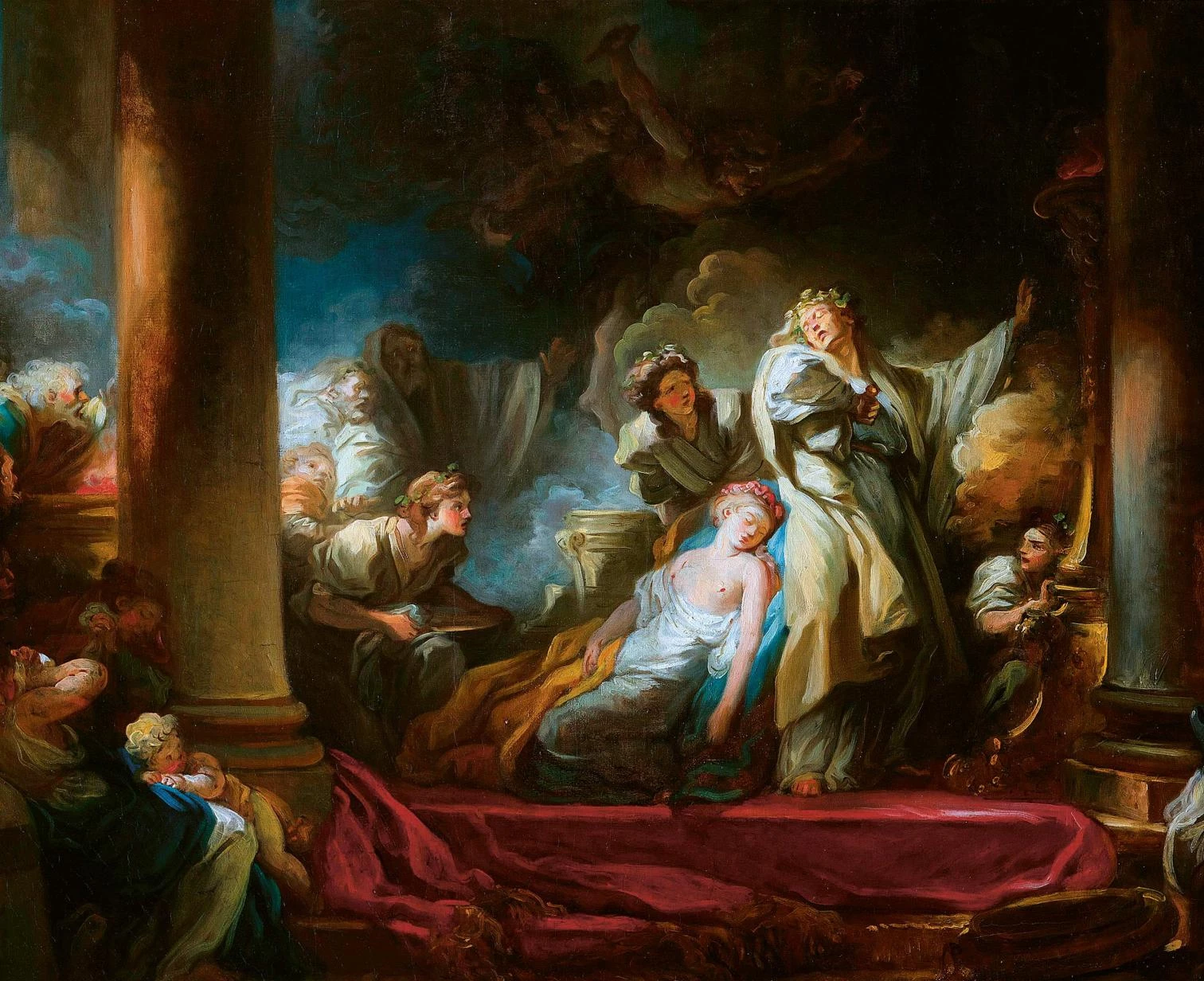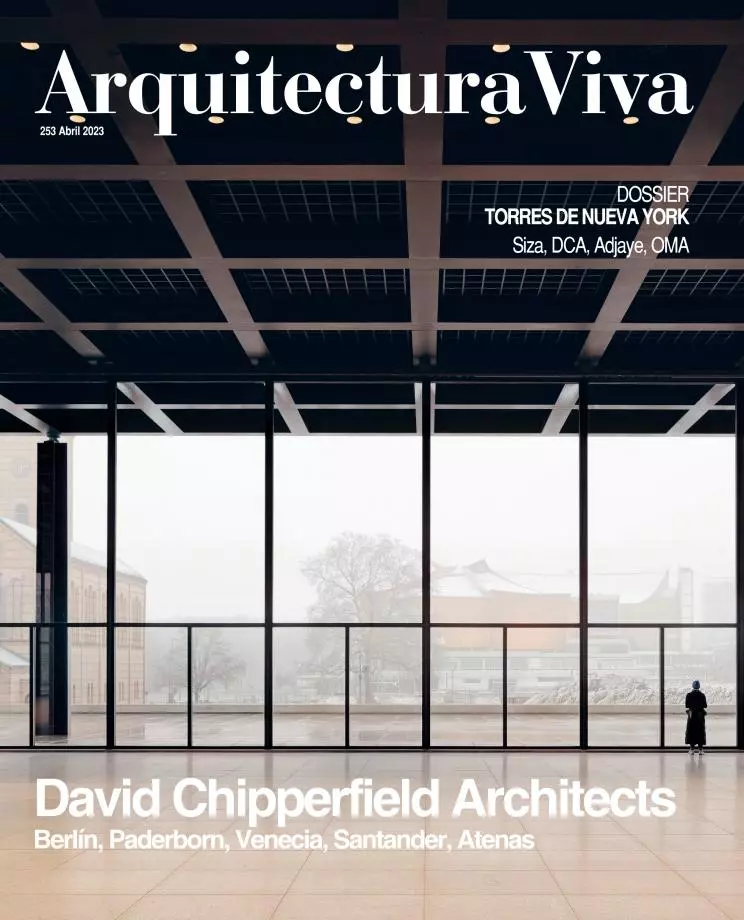
Jean-Honoré Fragonard. The Sacrifice of Calíorre, 1765.Museo de la Real Academia de Bellas Artes de San Fernando. Madrid.
It is trite to quote Talleyrand (“Ceux qui n’ont pas connu l’Ancien Régime ne pourront jamais savoir ce qu’était la douceur de vivre”) to summon up the Rococo sweetness of aristocratic life before the Revolution, and many of my generation learned to disdain the Watteau-Boucher-Fragonard lineage due to our inability to separate hedonism and privilege. But both the Boucher and the Fragonard Rooms of New York’s Frick Collection dismantle any reticence, and the panels of the Grasse-born painter’s Progress of Love series trace the pleasurable path that leads the adult eye to the Goya of cartoons, now exquisitely illuminated in the Prado. If at some time we could only admire Chardin, now we dare to make the transition from Boucher’s swings to Fragonard’s, and from there to the one by the painter from Fuentetodos.
Coresus Sacrificing himself to Save Callirhoe, by Jean Honoré Fragonard, illustrates an episode in Greek mythology that Pausanias recounts, a tragic love story where the anger of Dionysus triggers the death of the main characters, but one need not know the tale in detail to appreciate the dark beauty of the violent scene, where the lovers perish without losing the fainting sensuality of all the figures, in an academic and theatrical machine that is redeemed in the beauty of each face and the dexterity of each brushstroke. After training with Chardin and Boucher, Fragonard traveled to Italy with Hubert Robert and became familiar with the sumptuous grace of Tiepolo, and the influence of all of them is present in the large, 4-meter-long canvas that he submitted in 1765 to gain admittance into the Academy, a work praised by Diderot and now on display in the Louvre.
The ricordo shown above, part of the museum of the Royal Academy of Fine Arts in Madrid, belonged to Godoy, whose formidable collection of over 1000 paintings (including Velázquez’s Venus at Her Mirror and Goya’s The Naked Maja) was kept in Buenavista Palace and scattered after the royal favorite went into exile and the Crown confiscated his belongings, although some 300 works were eventually rescued and form the core of the Academy museum. Myself an Academy member and a resident in a house adjoining the palace that once harbored the paintings of the Prince of the Peace, I am glad that among those which were transferred from Plaza de Cibeles to Calle Alcalá was this exquisite ricordo, because small paintings done in order not to forget original compositions often possess an intimate allure, as visitors to the Prado had the chance to see for themselves recently, when the six Dublin canvases of Murillo’s Prodigal Son series were displayed beside the ricordi owned by the museum. Coresus Sacrificing himself to Save Callirhoe depicts a tragic myth, but in the Academy’s ricordo the sweetness of life is expressed with Baudelairean flair: everything in it is luxe, calme et volupté.
While the Frick Collection’s works of the Spanish school visit the Prado, the New York museum’s mythical series by Fragonard is evoked here through a ricordo owned by the Royal Academy.
Exhibition: El gusto francés y su presencia en España (siglos XVII-XIX)






